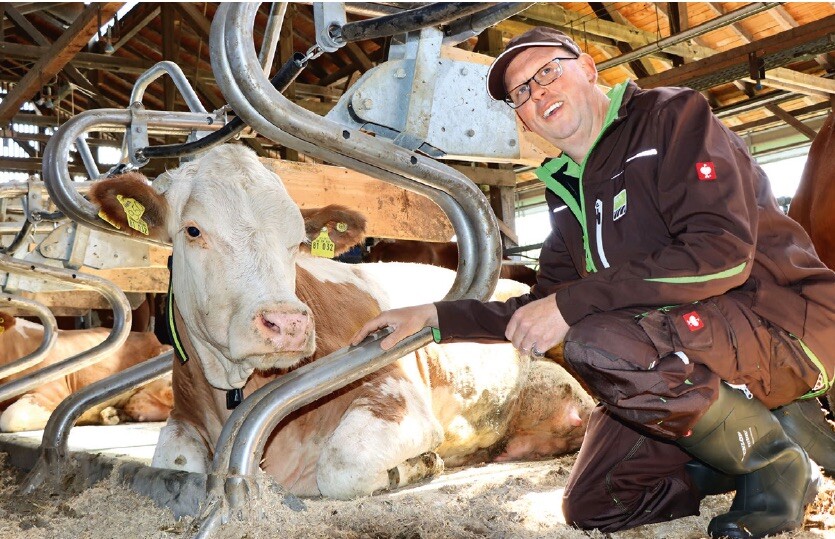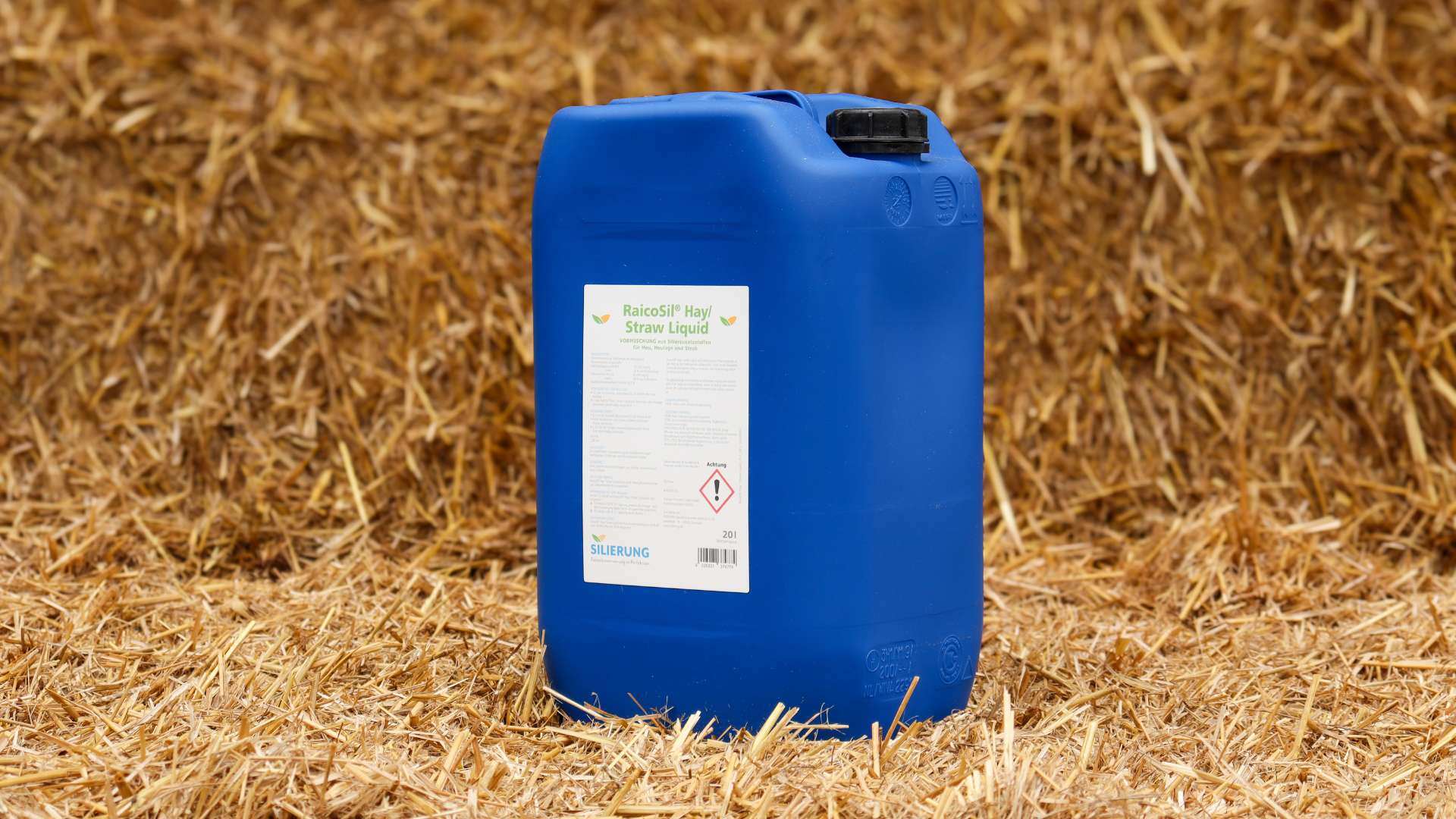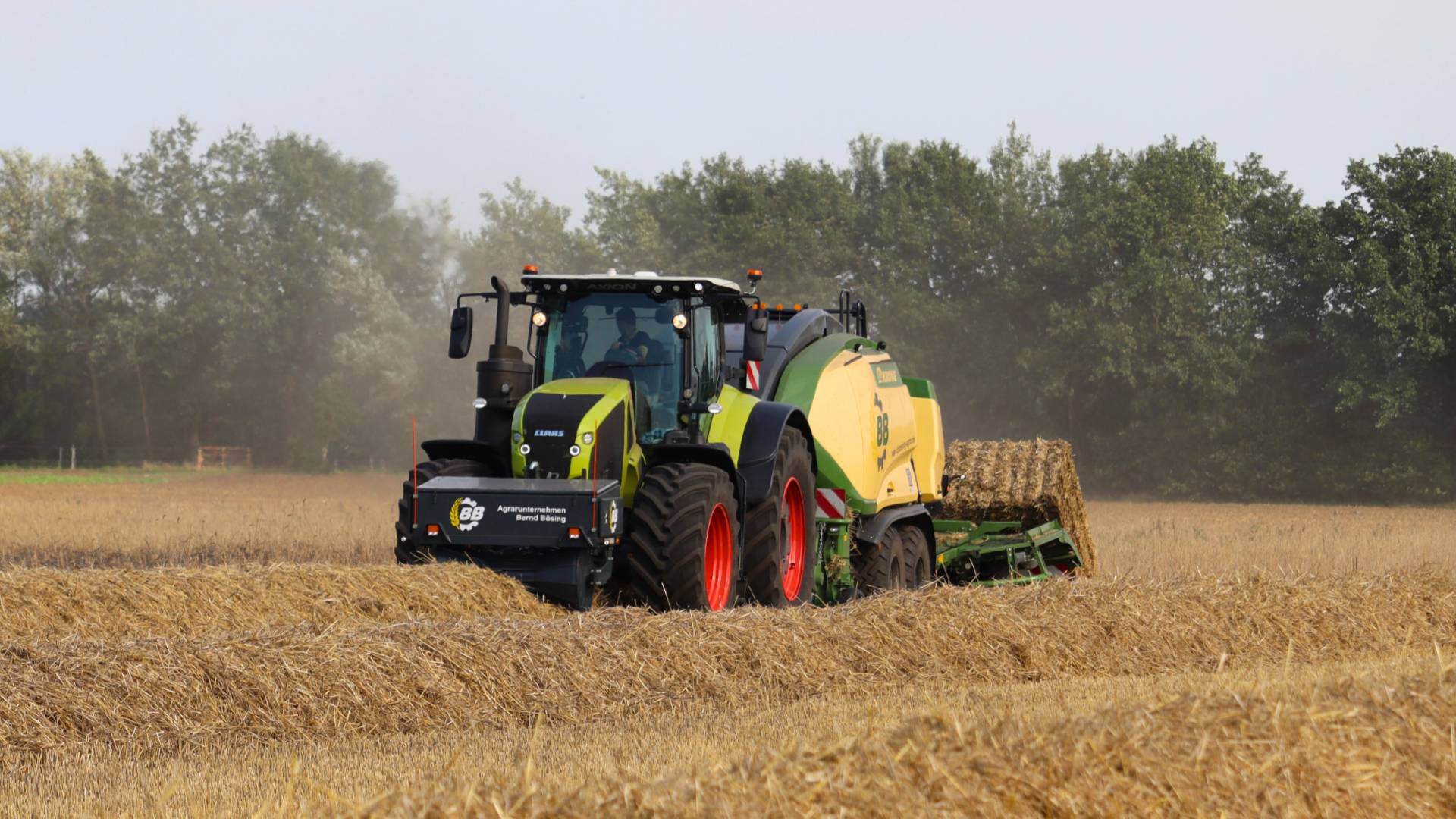The North Rhine-Westphalia Chamber of Agriculture has carried out extensive tests on hay and straw from the 2023 harvest to assess their suitability for feeding. Here are the key findings and recommendations:
Test results
Hay
The Chamber of Agriculture analyzed around 550 hay samples and determined various germ groups (yeasts, moulds and bacteria) as well as the dry matter content. The increased content of spoilage-causing storage fungi (molds) in almost every sixth sample was striking. These samples had to be classified as quality level 4 (= spoiled). Horses are particularly sensitive to molds in feed, which can lead to coughing and allergies.
Another important observation is the dry matter content. The Chamber of Agriculture found:
"90% of the samples classified as spoiled had a dry matter content of less than 84%" (source: Chamber of Agriculture, 2023).
In order to be able to store hay permanently, the dry matter content must be above 84%. Otherwise, there is a risk of mold growth, reheating or spontaneous combustion.
Recommendations for storage
- Dry baling: Hay should only be baled dry.
- Storage: Store on pallets or in sheds with sufficient air movement; direct contact with the ground and storage under tarpaulins, fleeces or canopies should be avoided.
- Cleaning: Clean the hay store thoroughly before the new harvest.
- Monitoring: Temperature and humidity monitoring during storage is recommended.
yeast load
4.5% of the hay samples showed a greatly increased yeast content. Yeasts can thrive in moist hay, which has a high sugar content, and cause gas build-up in the horse's digestive tract, which can lead to colic.
Straw
The analysis of around 140 straw samples also showed that 15% of the samples had greatly increased levels of spoilage-causing storage fungi. The yeast contamination was lower than in the hay samples, but conspicuous values were found in 3% of the samples.
Note on hay analysis during harvest
The Chamber of Agriculture recommends taking hay samples during the harvest. Sampling from the hay swaths is advantageous because:
- no bales need to be opened,
- the sample is more uniform and less distorted, as the ratio between stem, leaf and fine fractions is not altered
How it is done
- Immediately before baling, take around 20 individual samples from the hay swaths.
- Distribute the sampling points evenly over the area and reach firmly into the swath to include all plant parts.
- Combine the individual samples into a mixed sample, reduce to 3 liters and place in an air-permeable bag (e.g. jute bag or Raschel bag).
Storage of the sample
The sample must be stored under the same conditions as the hay in a bale, so the sample bag should be stored between two hay bales to simulate the baling pressure.
For nutrient tests, the sample can be taken and sent in after 8 weeks, for microbiological tests only after 12 weeks.
Thanks to these measures, contamination can be detected at an early stage and appropriate precautions can be taken to ensure the health of the animals.
[Sources: Chamber of Agriculture, 2023]



